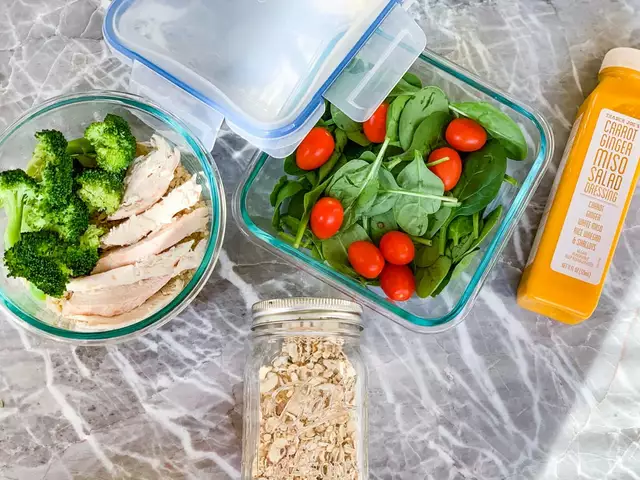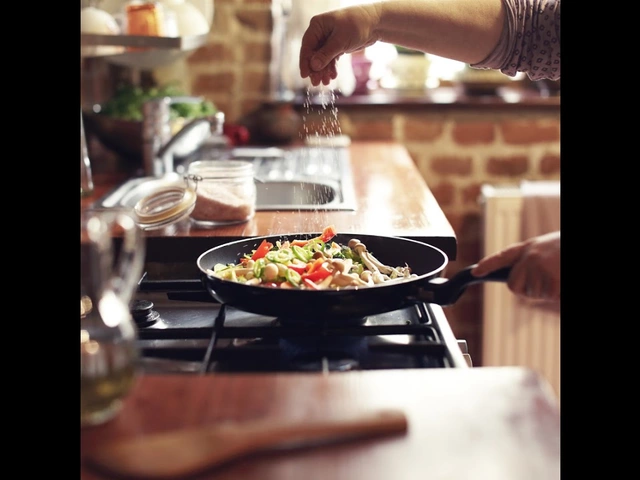What is the best way to freeze ground beef for easy meal prep?

"The Benefits of Freezing Ground Beef for Meal Prep: An Easy Guide"
Meal prepping is a great way to save time and money while ensuring you have healthy meals throughout the week. If you’re looking to make meal prepping even easier, one of the best strategies is to freeze ground beef. Whether you buy it in bulk or grind it yourself, freezing ground beef is an excellent way to make meal prepping easier and more efficient. Here’s a guide to the benefits of freezing ground beef for meal prep and the best way to do it.Benefits of Freezing Ground Beef
Freezing ground beef is a great way to save time when meal prepping. When the beef is frozen, it’s easier to portion out into the right amounts for individual meals. This means that you can quickly grab the right amount of beef for your recipe and go. Freezing also helps to preserve the beef’s freshness, ensuring that you always have the best quality ingredients for your meals.
Another great benefit of freezing ground beef is that it’s more economical. You can buy ground beef in bulk, freeze it, and then use it over the course of several weeks. This eliminates the need to buy smaller amounts of ground beef every week, saving you money in the long run.
How to Freeze Ground Beef
Freezing ground beef is easy and straightforward. Start by portioning out the ground beef into individual serving sizes. Make sure each portion is securely sealed in an airtight container or freezer-safe bag. Label each container or bag with the date and type of beef before you freeze it. This will make it easier to keep track of when you need to use the beef.
When you’re ready to freeze the beef, place the containers or bags on a flat surface in the freezer. Make sure the beef is spread out evenly and that the containers or bags aren’t crowded. This will help the beef freeze faster and more evenly.
Once the beef is frozen, you can store it in the freezer for up to three months. When you’re ready to use the beef, simply thaw it in the refrigerator overnight. This will ensure the beef is thawed properly and is safe to eat.
By freezing ground beef, you can easily make meal prepping easier and more efficient. With the right storage and freezing methods, you can save time and money while always having fresh, high-quality ingredients on hand.
"How to Freeze Ground Beef for Simple Meal Prep: A Step-by-Step Guide"
Meal prepping can be a great way to save time and money when it comes to planning meals for the week ahead. But when it comes to ground beef, it can be tricky to figure out the best way to freeze it in order to keep it fresh and flavorful. Fortunately, with a few simple steps, you can easily freeze ground beef and have it ready to use in your favorite recipes.Here’s a step-by-step guide on how to freeze ground beef for easy meal prep:
1. Start with fresh, high-quality ground beef. If possible, buy ground beef in bulk, as it’s usually cheaper and you can easily divide it into smaller portions for freezing.
2. Divide the ground beef into individual portions. Place each portion on a plate or cutting board and form each into a patty or a log shape, depending on the type of dish you plan to make with the meat.
3. Place the patties or log shapes on a baking sheet lined with parchment paper. Cover the baking sheet with plastic wrap and transfer it to the freezer.
4. Let the ground beef freeze for at least 8 hours, or until it is completely frozen.
5. Once the ground beef is frozen, transfer each patty or log to a freezer-safe container or bag. Label the container or bag with the date and type of meat.
6. When you’re ready to use the frozen ground beef, move it from the freezer to the refrigerator to thaw overnight.
By following these steps, you’ll be able to freeze ground beef and have it ready to use in your favorite recipes. Freeze ground beef in individual portions to make it easier to thaw and use in recipes. Just remember to label your containers or bags with the date and type of meat, so you know how long it’s been in the freezer.




